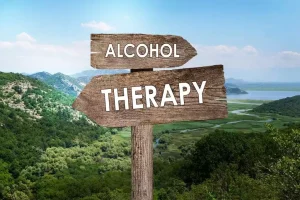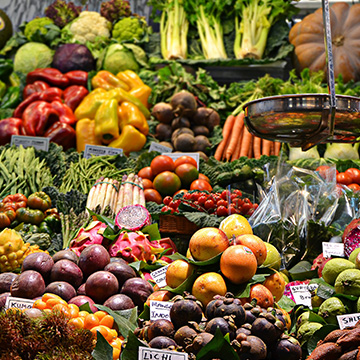
Suddenly, you’re an incredible dancer or the world’s most hilarious stand-up comedian. It’s also causing the brain to struggle with basic motor skills. It’s getting late but you are nowhere near ready to stop the party. You do not care if your buddy has got work in the morning or if your sister has to get home to the babysitter — NO!
Understanding the Physical Sensations of Being Drunk
You might recognize some of these “types of drunks” in yourself or your friends or family. Drinking alcohol releases norepinephrine into the brain, a stimulant that can lower our inhibitions and make us more impulsive. Alcohol also depresses the activity of our prefrontal cortex, what does being drunk feel like the part of the brain responsible for rational decision-making. It suppresses the go-getter glutamate and gives the chill GABA a boost. The world starts to spin, our movements become sluggish, and that elusive word on the tip of the tongue pulls a disappearing act.

In your small intestine and stomach

In extreme cases, too much alcohol can lead to coma or death, so it is important to recognize the signs and stages of being drunk. If you have food in your stomach, the alcohol will stick around longer. Without food, though, it moves to your bloodstream a lot faster. The more alcohol in your blood at one time, the drunker you’ll feel.
- Delaying emergency care increases the risk of serious health issues, including death.
- Instead, they become more hostile when under the influence, ready to start a physical fight with anyone who provokes them.
- For some of us, this means doing a bit of extra online shopping.
- Alcohol is mainly a depressant, but it actually has stimulating effects when you first start drinking.
- When you consume alcohol, it is quickly diffused into your bloodstream, reaching your brain within about five minutes.
Stages of being drunk
Short-term risks of excessive drinking include accidents, injuries, alcohol poisoning, and impaired judgment. These risks can have immediate and severe consequences, https://ecosoberhouse.com/ including legal issues and physical harm. In this article, learn about how it feels to be drunk according to blood alcohol content (BAC) level.
- Since intoxication can lead to riskier behavior, blackouts can be dangerous.
- Alcohol consumption is a common social activity, but the experience of being drunk can vary widely among individuals.
- This is the point in the night where conversations reach their peak volume.
- Alcohol stimulates the release of neurotransmitters like dopamine and serotonin, which contribute to feelings of euphoria and reduced social anxiety.
- In this stage, a person may lose emotional stability and begin slurring their speech.
- The liver detoxifies alcohol from the body but can only do so in small quantities.
- The more alcohol you consume, the more alcohol gets into your bloodstream.
- The stages range from sobriety to potential death, with each stage characterized by specific emotional and physical symptoms.
- Moreover, neurotransmitters, particularly norepinephrine, are released when you’re drinking.
- Experts say that feelings of anxiety stemming from alcohol consumption can last for several hours up to an entire day after drinking.
One minute you and Karen from accounting are exchanging polite jokes over daquiris. The next, she’s running out of the bar in tears because you told her what you really think of her gerbil desk calendar. In other words, the old saying, “A drunk man’s words are a sober man’s thoughts,” might actually have some accuracy to it. But the way you act while drunk is about more than just what you feel inside. “For example, a person who habitually becomes aggressive when intoxicated likely has tendencies toward aggression and frustration when sober as well,” says Edmonds. You’ll meet millions of fellow Reframers in our 24/7 Forum chat and daily Zoom check-in meetings.
The Stages of Alcohol Intoxication
How Alcohol Affects Motor Skills and Balance

Reverse Effects
















